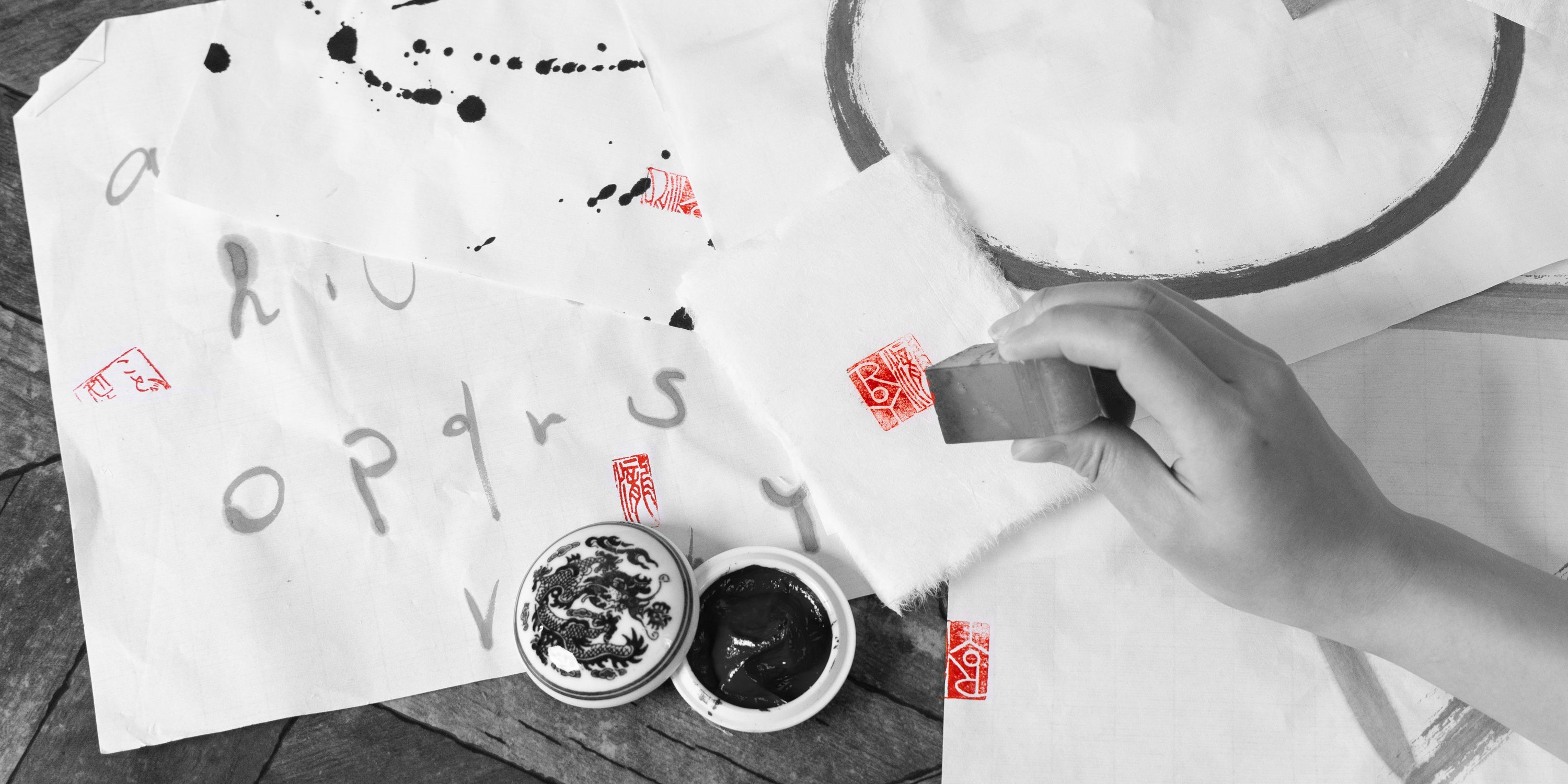
The Art of Ink: Unveiling the Timeless Craftsmanship of Japanese Inksticks
Among the treasures housed in the Shosoin repository—an ancient storage facility in Nara, Japan—are exquisite inksticks originating from China and Korea. These inksticks, which date back centuries, reflect the historical exchange of artistic materials and techniques across East Asia. In the 8th century, Japan began producing its own inksticks in the city of Nara, the country's cultural and artistic center at the time.
The production of inksticks evolved over the centuries, reaching a significant milestone in the 14th century when Japanese artisans perfected the method of burning sesame oil to create soot, which was then processed into high-quality black ink. This development marked a key point in the refinement of Japanese ink-making techniques.
Despite the advancements in local production, Chinese ink remained highly valued among Japanese scholars and artists, who admired its superior quality and consistency. This preference continued into the 19th century, when Chinese ink was often favored over Japanese alternatives, much like the preference for Chinese inkstones.
The traditional process of making inksticks is both intricate and labor-intensive. It begins with the careful mixing of soot—typically derived from the burning of oils or pinewood—with animal glue and a small amount of fragrance. This mixture is then kneaded into a ball and left to dry. Afterward, it is shaped into the familiar inkstick form using wooden molds. The molded inkstick is then placed in wood ashes to dry for approximately one month, which helps to stabilize its shape and consistency. Finally, the inkstick is air-dried for an additional three to six months, allowing it to harden and mature.
Nara remains the heart of inkstick production in Japan, with a long tradition that continues to this day. Remarkably, 90% of Japan’s inksticks are still produced in Nara, though the number of workshops has dwindled over the years. Currently, only eight workshops remain, each preserving the ancient techniques and dedication to craftsmanship that have been passed down through generations.
This enduring tradition not only highlights the skill and artistry of Japanese ink makers but also serves as a testament to the cultural heritage that continues to influence Japanese art and calligraphy today.


